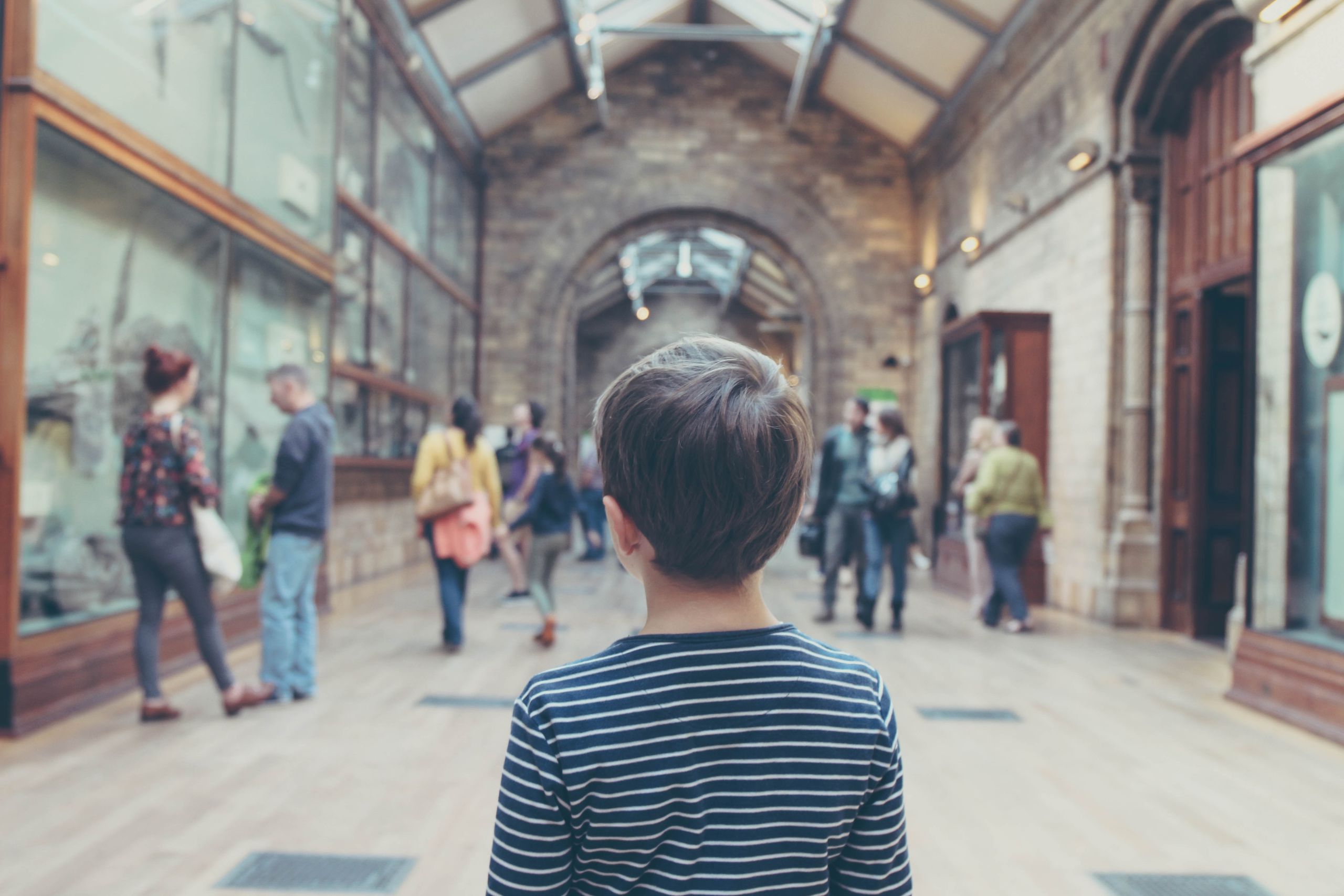Shortly after arriving in Kirtland in November of 2002, I attended a Thanksgiving worship service in the lower court of the Kirtland Temple. As my husband and I sat in the pew box, along with over one-hundred other guests from Kirtland, we witnessed our new community come to worship in a spirit of gratitude and thanksgiving. I remember in vivid detail hearing Father Norman Smith, the local Catholic Priest, deliver the evening sermon. We listened as the high school choir sang traditional holiday hymns from the historic choir lofts and the local  Police Chief offered a ministry of music while playing his guitar. We sat in delighted amazement when the mayor offered the invocation and the Kirtland School Superintendent delivered the benediction. We witnessed the leaders of several local denominations and civic organizations share in readings, testimonies, and song. It was an evening that could have easily been portrayed in a Norman Rockwell painting. The unique gathering of community leaders and residents is an annual event that many Kirtland residents look forward to each year.
Police Chief offered a ministry of music while playing his guitar. We sat in delighted amazement when the mayor offered the invocation and the Kirtland School Superintendent delivered the benediction. We witnessed the leaders of several local denominations and civic organizations share in readings, testimonies, and song. It was an evening that could have easily been portrayed in a Norman Rockwell painting. The unique gathering of community leaders and residents is an annual event that many Kirtland residents look forward to each year.
The experience opened my eyes to the unique opportunities religious historic sites have with their surrounding community. For nearly two decades, the staff at the Kirtland Temple has worked tirelessly at building strong relationships with the surrounding community. Temple volunteers have become actively involved in the local Kiwanis chapter and helped raise funds for the construction of a new public library. One Temple volunteer sat on the fundraising committee for the new library, whole another acted as Kiwanis president, and a third sat on the Board of Directors. The past three site directors have held a position on the Kirtland cemetery board, including serving as board chair. Regular attendance at civic meetings, community events, and staff involvement in local and civic organizations opened a number of doors to local history advocacy and awareness.
The Kirtland Temple is not only the oldest religious structure in the community it is quickly becoming a significant part of the community experience. Recently, a few days before the Kirtland High School football team played for the state championship title, the high school football coach called Ron Romig, Kirtland Temple Site Director, and asked a favor. His special request was to hold a small devotional service inside the Kirtland Temple for the high school football team. In many ways, the Kirtland Temple is an icon for Kirtland history and seemed the perfect place for the community to gather. The devotion was to be a quiet, reverent, and respectful gathering for the players and their families. The following Thursday, the football team, their families, school and civic leaders all gathered into the lower court of the Kirtland Temple for a community devotional. In addition to prayer and music, the coach and civic leaders shared a meaningful message to the players on acknowledging the blessings of community.
It is often argued that religious sites have a unique challenge when it comes to community outreach. Religion is often a sensitive subject that can lead to heated disagreements on anything from theology and tradition to denominational conflicts and the new paint color on the sanctuary walls. However, religious sites also play a unique role in their community. Religious sites can be a safe place during times of community tragedy. For many, an old sanctuary brings a comfort not often experienced anywhere else.
What unique opportunities have you experienced at historically religious sites? How have you encountered community engagement and locally based programs at a religious site?



